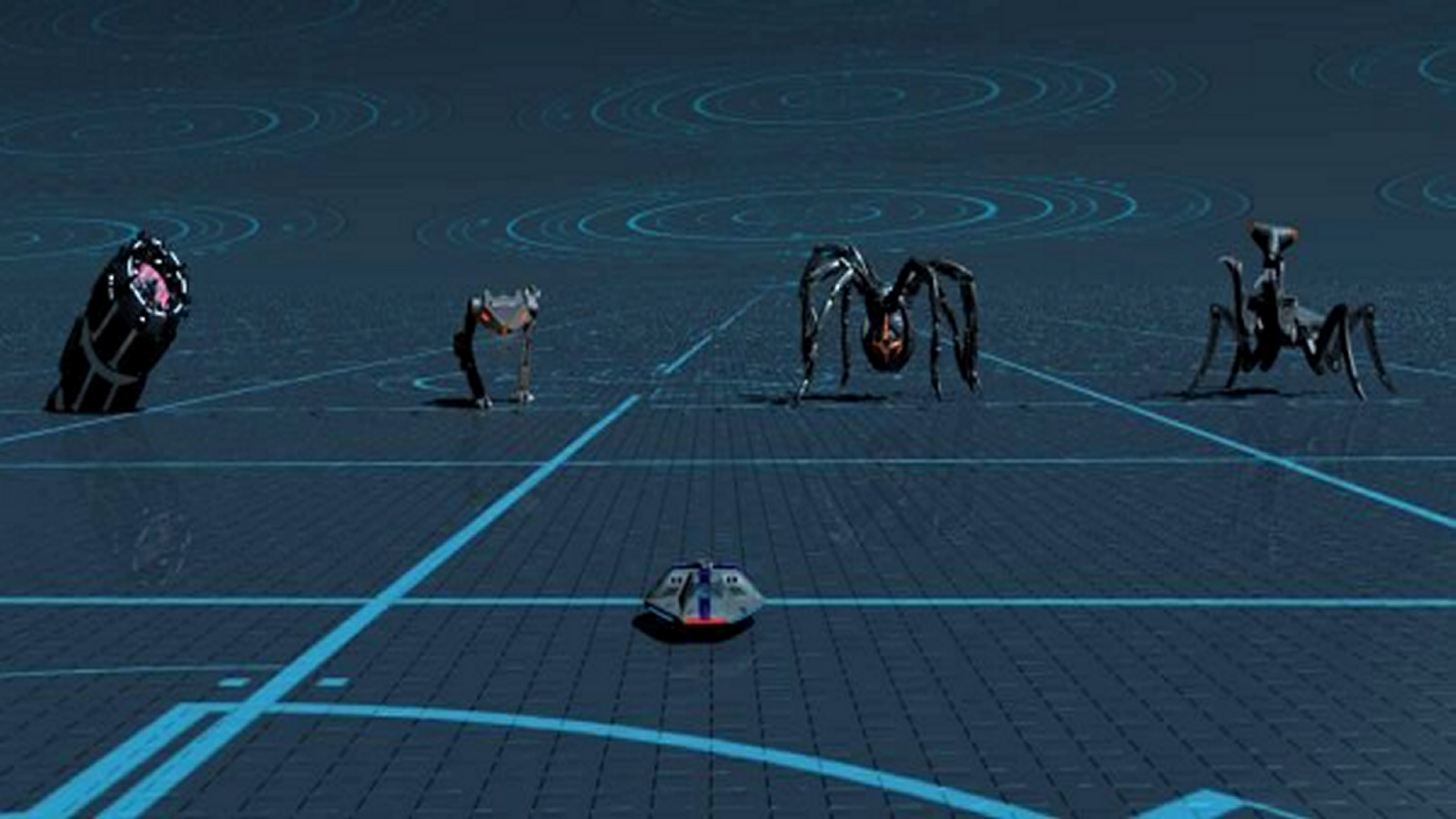
Games
Cyberdrome began as a living digital ecosystem—part simulation, part game—
and evolved across decades of experimentation.
Long before the novel Cyberdrome existed, my brother Dave and I built a real Cyberdrome inside a computer—a vast, evolving virtual world populated by thousands of independent digital creatures.
It was both a simulation and a game: players could explore, cooperate, compete, and even turn on one another inside a living system that changed without human control.
The original multiplayer Cyberdrome experience on the Atari ST — a pioneering fusion of simulation, 2-person game play, and competitive combat.
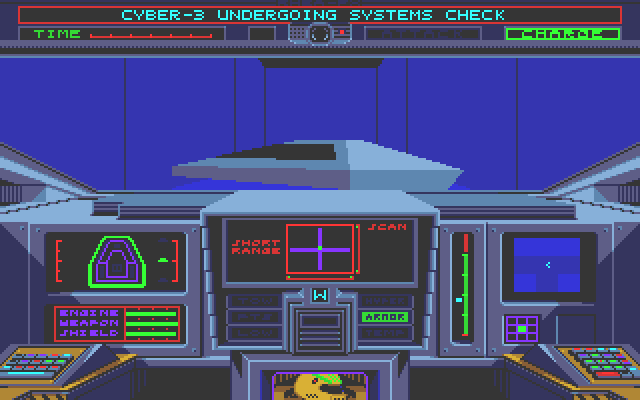
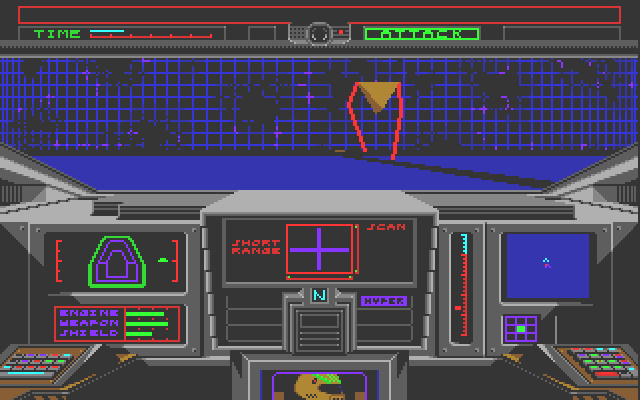
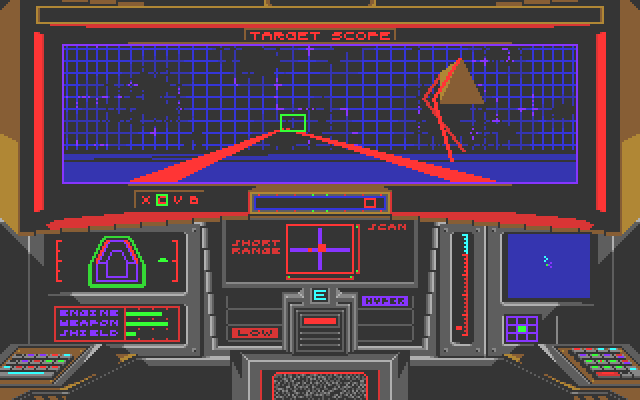
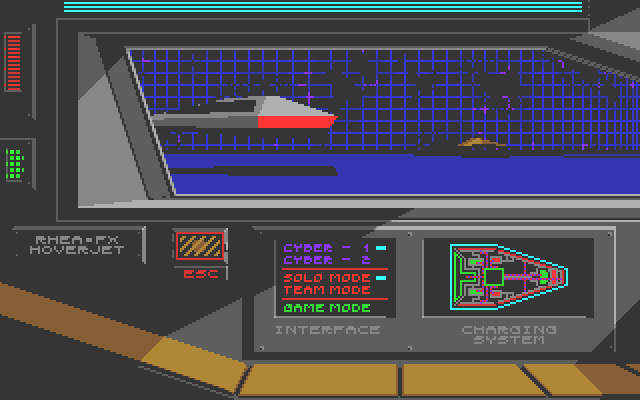
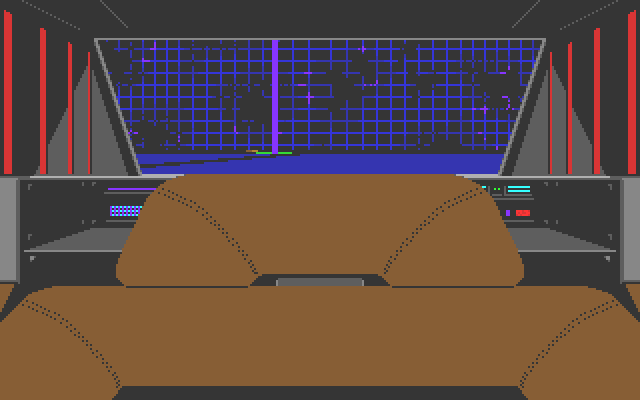
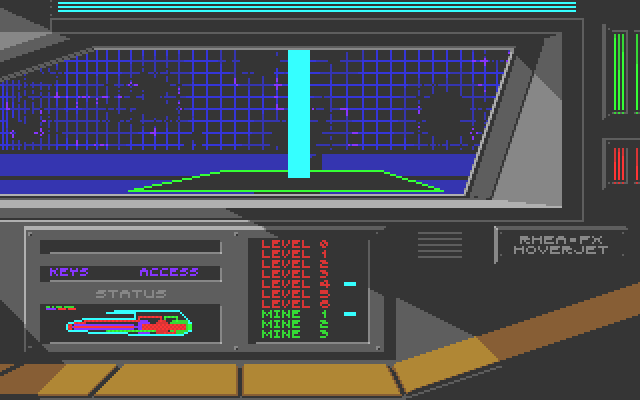
A vastly expanded 3D artificial-life simulation featuring genetically evolved creatures, massive environments, and real-time exploration inside a living digital ecosystem.
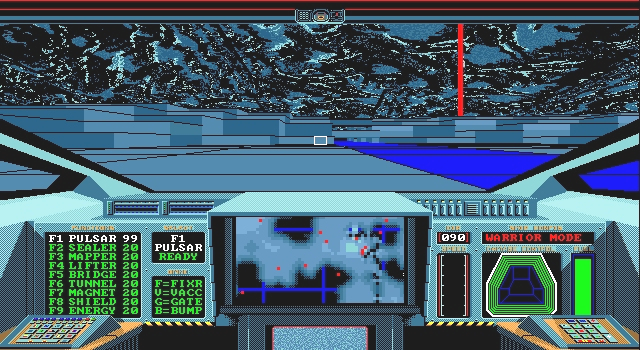
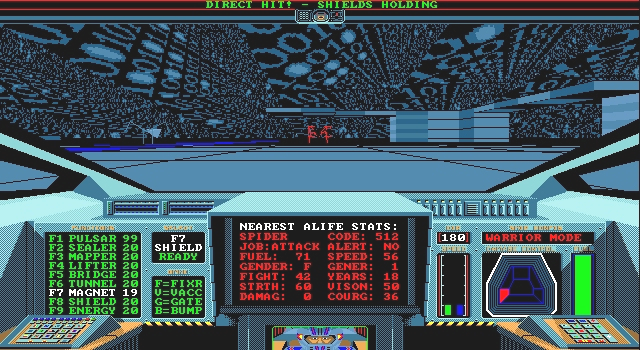
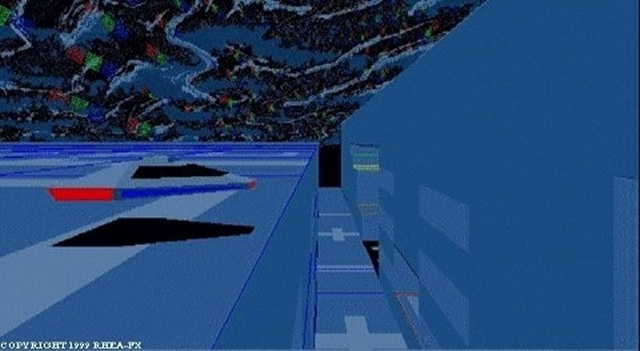
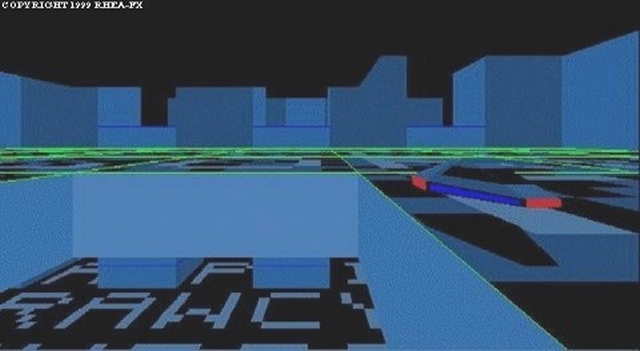
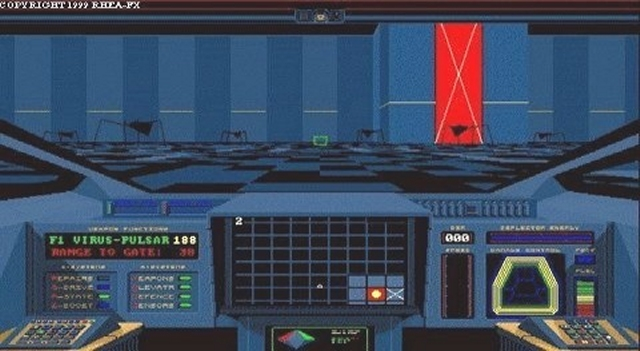
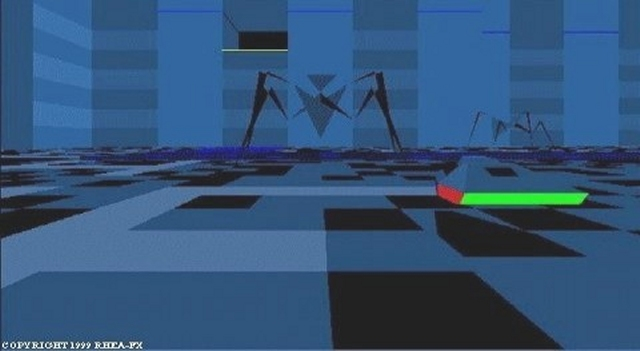
Watch a 6-minute walkthrough of the PC-based Cyberdrome Simulator, showcasing artificial life evolution inside a massive 3D environment.